Home>Gardening & Outdoor>Landscaping Ideas>What Makes Grass Turn Brown
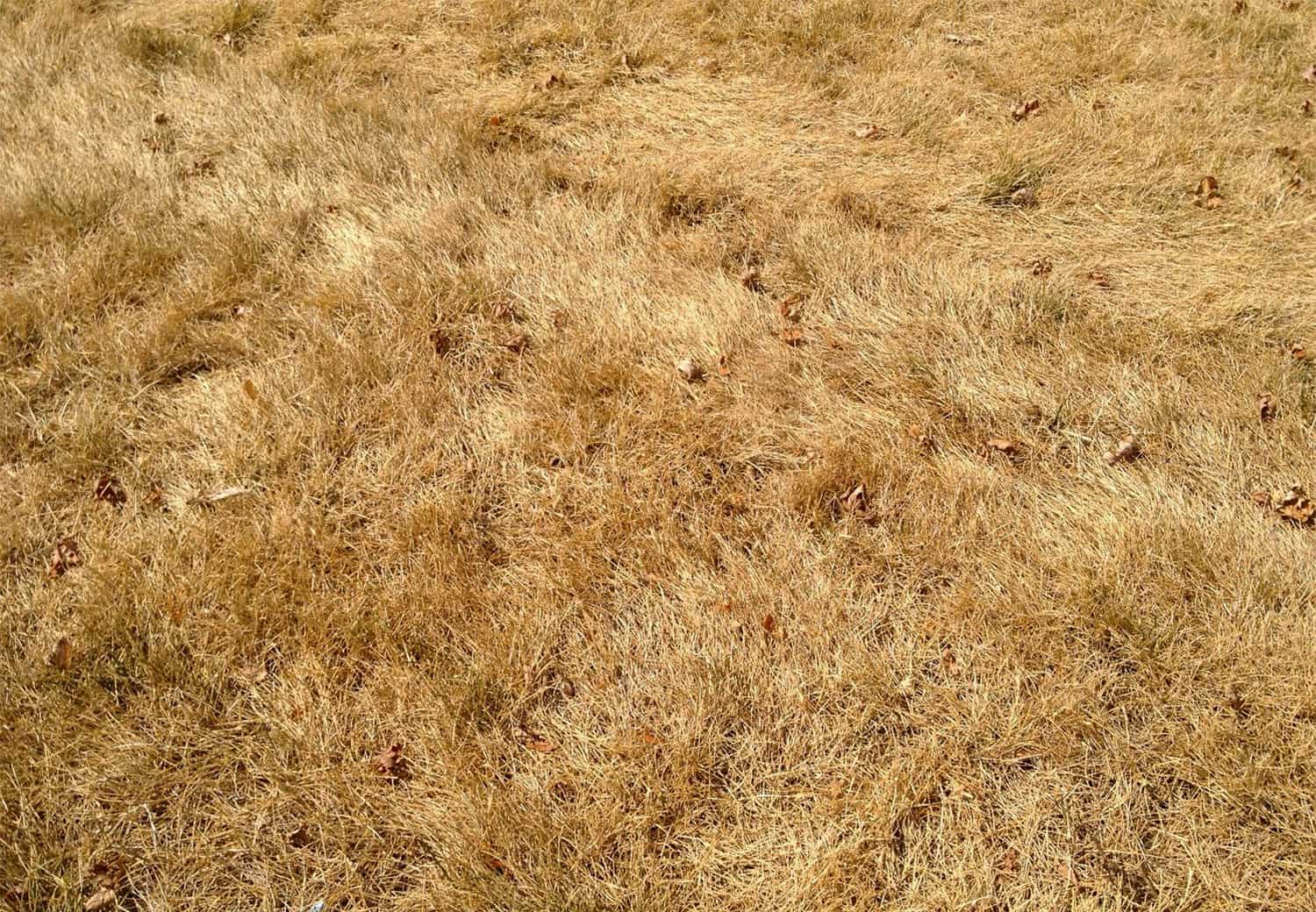

Landscaping Ideas
What Makes Grass Turn Brown
Modified: February 18, 2024
Discover expert landscaping ideas to prevent and fix brown grass. Learn the causes and solutions for maintaining a lush, green lawn. Boost your curb appeal today!
(Many of the links in this article redirect to a specific reviewed product. Your purchase of these products through affiliate links helps to generate commission for Storables.com, at no extra cost. Learn more)
**
Introduction
**
When it comes to maintaining a lush, green lawn, the sight of brown grass can be disheartening for any homeowner. While it's natural for grass to undergo seasonal changes, persistent brown patches can signal underlying issues that need to be addressed. Understanding the factors that contribute to grass turning brown is essential for effectively revitalizing your lawn. In this comprehensive guide, we'll delve into the physiological processes of grass, explore the environmental factors that can cause it to turn brown, discuss common lawn care mistakes, and provide practical strategies for breathing new life into your lawn. By gaining insight into the intricate world of grass physiology and learning how to mitigate the impact of environmental stressors, you'll be well-equipped to restore your lawn to its vibrant green glory.
Key Takeaways:
- Grass turns brown due to factors like drought, heat stress, compacted soil, excessive shade, and soil pH imbalance. Understanding and addressing these issues can help revive the lawn’s vibrant green color.
- Common lawn care mistakes, such as overwatering, improper mowing, and neglecting soil health, can contribute to brown grass. By correcting these mistakes and implementing targeted strategies, homeowners can revive their lawn’s health and visual appeal.
Read more: What Grass Turns Brown In Winter
Understanding the Physiology of Grass
Before delving into the reasons behind grass turning brown, it’s important to grasp the fundamental physiology of this resilient plant. Grass, a member of the Poaceae family, is characterized by its ability to undergo photosynthesis, a process essential for its growth and coloration. The green pigment chlorophyll, housed within the chloroplasts of grass cells, plays a pivotal role in capturing sunlight and converting it into energy through photosynthesis. This energy is utilized for the synthesis of sugars, which serve as the building blocks for the plant’s growth and maintenance.
Additionally, grass roots play a crucial role in nutrient absorption, water uptake, and providing structural support for the plant. When the environmental conditions align with the grass’s requirements, this intricate system functions harmoniously, resulting in the vibrant green hue that is synonymous with a healthy lawn.
However, various internal and external factors can disrupt this delicate balance, leading to the discoloration and browning of grass. By gaining a deeper understanding of the physiological mechanisms at play, homeowners can better identify and address the underlying causes of brown grass, thereby fostering a more resilient and visually appealing lawn.
Environmental Factors That Cause Grass to Turn Brown
Several environmental factors can contribute to the browning of grass, serving as visual indicators of underlying stressors. Understanding these factors is crucial for implementing targeted solutions to restore the health and vibrancy of your lawn.
- Drought: Prolonged periods of inadequate moisture can significantly impact grass health, leading to dehydration and subsequent browning. During drought conditions, grass undergoes a survival mechanism, redirecting its resources to prioritize essential functions, often at the expense of maintaining its green color.
- Heat Stress: High temperatures can exert stress on grass, hindering its photosynthetic processes and causing chlorophyll degradation. This can result in a faded or brownish appearance, especially in heat-sensitive grass varieties.
- Compacted Soil: Soil compaction restricts the movement of air, water, and nutrients within the soil, impeding the grass’s root development and overall vigor. As a consequence, grass may exhibit signs of distress, including browning in localized areas.
- Excessive Shade: Insufficient sunlight due to dense tree canopies or structures can impede the grass’s ability to photosynthesize effectively, leading to weakened growth and a lack of vibrant coloration.
- Soil pH Imbalance: Grass thrives within specific soil pH ranges, and deviations from these optimal levels can impede nutrient uptake, affecting the grass’s overall health and color.
By recognizing and mitigating the impact of these environmental stressors, homeowners can proactively address the underlying causes of brown grass, promoting a more resilient and visually appealing lawn.
Water your grass deeply and less frequently to encourage deep root growth, which can help prevent browning during dry periods.
Common Lawn Care Mistakes
Despite their best intentions, homeowners may inadvertently make certain lawn care mistakes that can contribute to the browning of grass. Identifying and rectifying these common missteps is essential for nurturing a healthy and vibrant lawn.
- Overwatering: Excessive watering can lead to waterlogged soil, suffocating the grass roots and impeding their ability to absorb essential nutrients, ultimately resulting in browning.
- Improper Mowing Techniques: Mowing the grass too short can stress the plants and hinder their ability to photosynthesize effectively, leading to weakened growth and browning. Additionally, using dull mower blades can cause ragged cuts that leave the grass vulnerable to disease and dehydration.
- Underfertilization or Overfertilization: Inadequate or excessive application of fertilizers can disrupt the nutrient balance, impacting the grass’s overall health and coloration.
- Ignoring Soil Health: Neglecting soil testing and amendment can result in nutrient deficiencies or imbalances, adversely affecting the grass’s vigor and color.
- Using Incorrect Grass Varieties: Planting grass varieties ill-suited to the local climate and soil conditions can lead to increased susceptibility to browning and other stress-related issues.
By addressing these common lawn care mistakes and adopting best practices, homeowners can create an optimal environment for their grass to thrive, mitigating the risk of browning and promoting a resilient and verdant lawn.
Strategies for Reviving Brown Grass
Reviving brown grass requires a multifaceted approach that addresses both the underlying causes of discoloration and the implementation of targeted remedial measures. By employing the following strategies, homeowners can effectively breathe new life into their lawn:
- Deep Watering: When addressing drought-induced browning, deep watering can encourage the development of deeper root systems, enhancing the grass’s resilience to dry conditions.
- Aerating the Soil: Aerating compacted soil promotes better air and water penetration, fostering an optimal environment for root growth and nutrient uptake.
- Applying Corrective Fertilization: Based on soil test results, applying balanced fertilizers can rectify nutrient deficiencies and promote healthy grass growth.
- Overseeding: Introducing new grass seeds to existing lawns can help fill in bare patches and revitalize the overall lushness and coloration of the grass.
- Adjusting Mowing Practices: Raising the mower height and ensuring sharp blades can alleviate stress on the grass and promote healthier growth.
- Addressing Soil pH: Amending soil pH as per recommendations can optimize nutrient availability and bolster the grass’s ability to regain its vibrant color.
By integrating these strategic approaches into their lawn care regimen, homeowners can effectively combat brown grass and cultivate a resilient and visually captivating lawn.
Read more: Why Grass Turns Brown
Conclusion
Understanding the intricacies of grass physiology and the environmental factors that contribute to browning is essential for homeowners seeking to rejuvenate their lawns. By recognizing the impact of drought, heat stress, soil compaction, shade, and soil pH imbalances, individuals can take proactive steps to mitigate these stressors and restore their grass to its vibrant green state. Additionally, addressing common lawn care mistakes, such as overwatering, improper mowing techniques, and neglecting soil health, is pivotal in fostering a healthy and visually appealing lawn.
Implementing targeted strategies for reviving brown grass, including deep watering, soil aeration, corrective fertilization, overseeding, and adjusting mowing practices, can yield significant improvements in the health and coloration of the lawn. By adopting a holistic approach to lawn care and leveraging these strategies, homeowners can create an optimal environment for their grass to thrive, enhancing the resilience and aesthetic appeal of their outdoor space.
Ultimately, the journey to revitalizing brown grass is a rewarding endeavor that not only yields a lush and vibrant lawn but also fosters a deeper connection with the natural world. Through thoughtful observation, proactive intervention, and a commitment to best practices, homeowners can transform their brown patches into verdant expanses, creating a welcoming and rejuvenating outdoor haven for themselves and their loved ones.
Frequently Asked Questions about What Makes Grass Turn Brown
Was this page helpful?
At Storables.com, we guarantee accurate and reliable information. Our content, validated by Expert Board Contributors, is crafted following stringent Editorial Policies. We're committed to providing you with well-researched, expert-backed insights for all your informational needs.
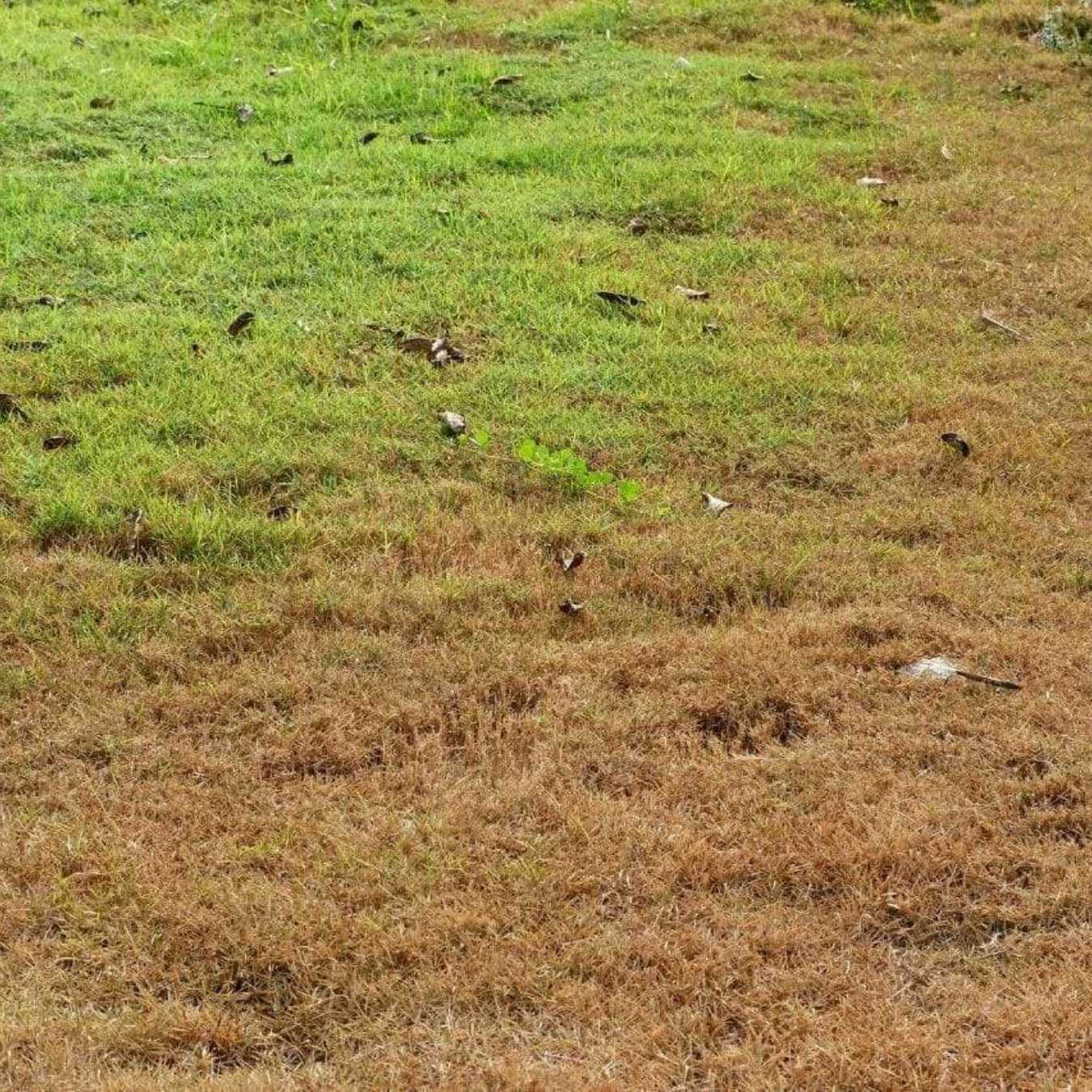
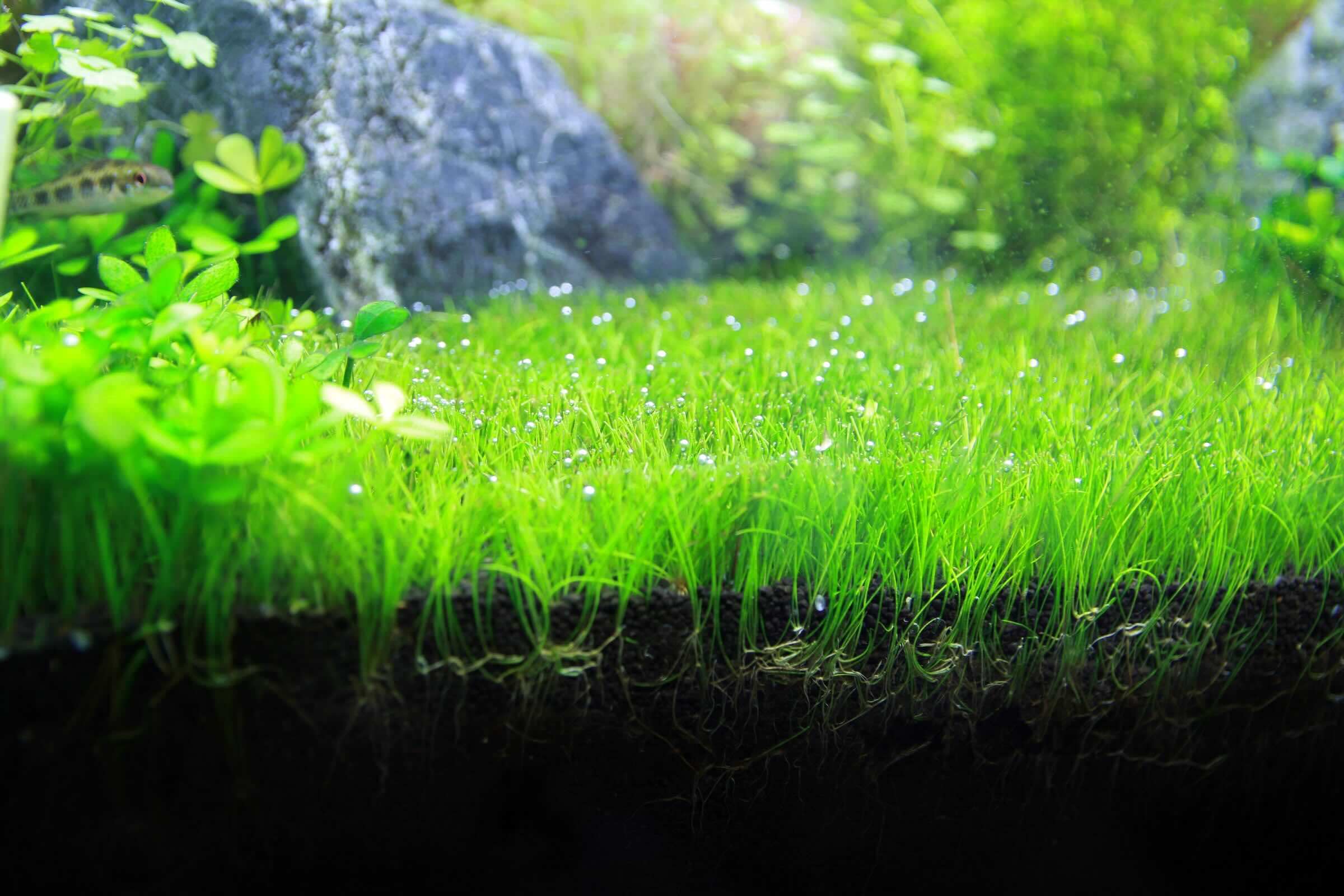
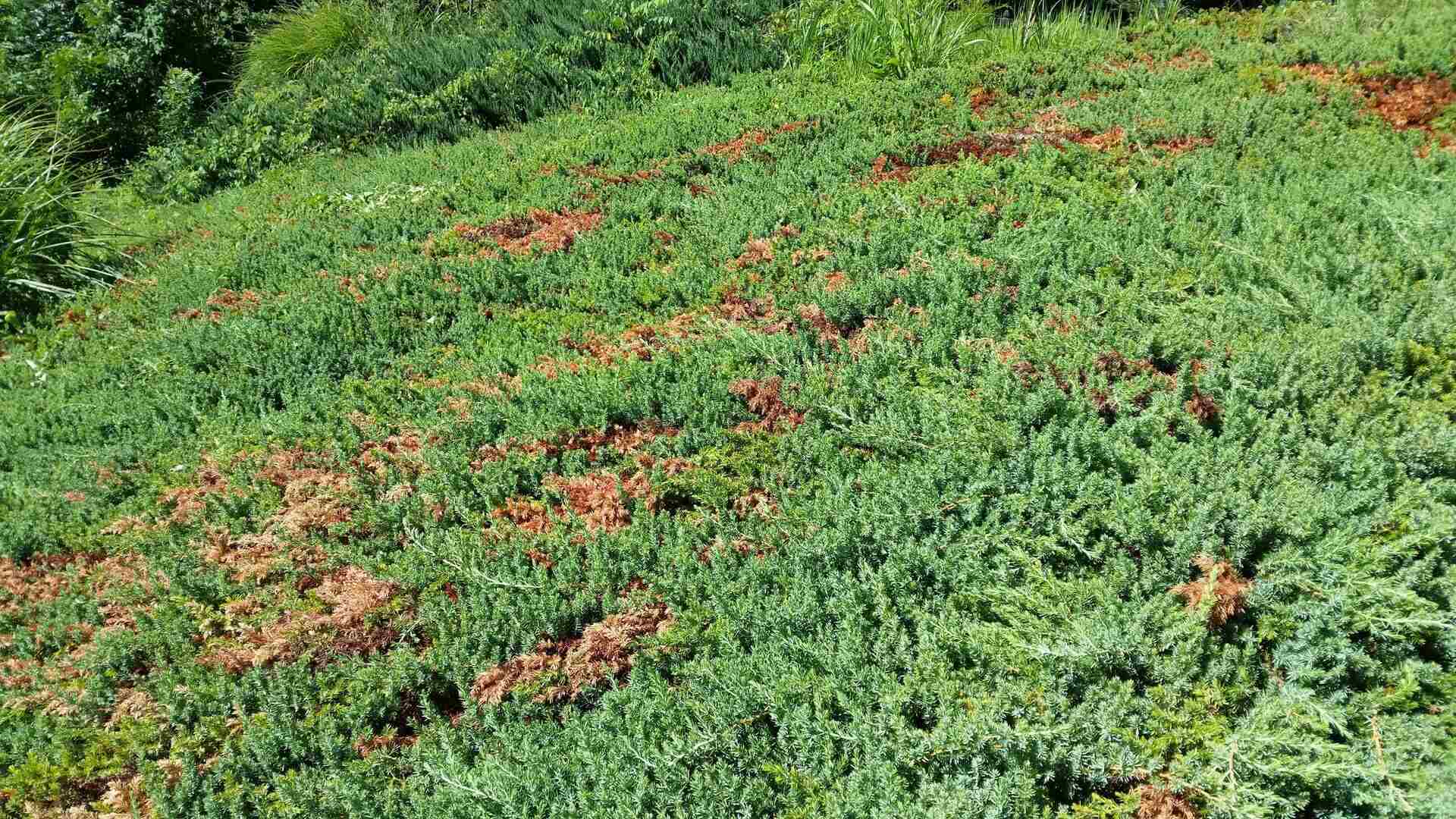
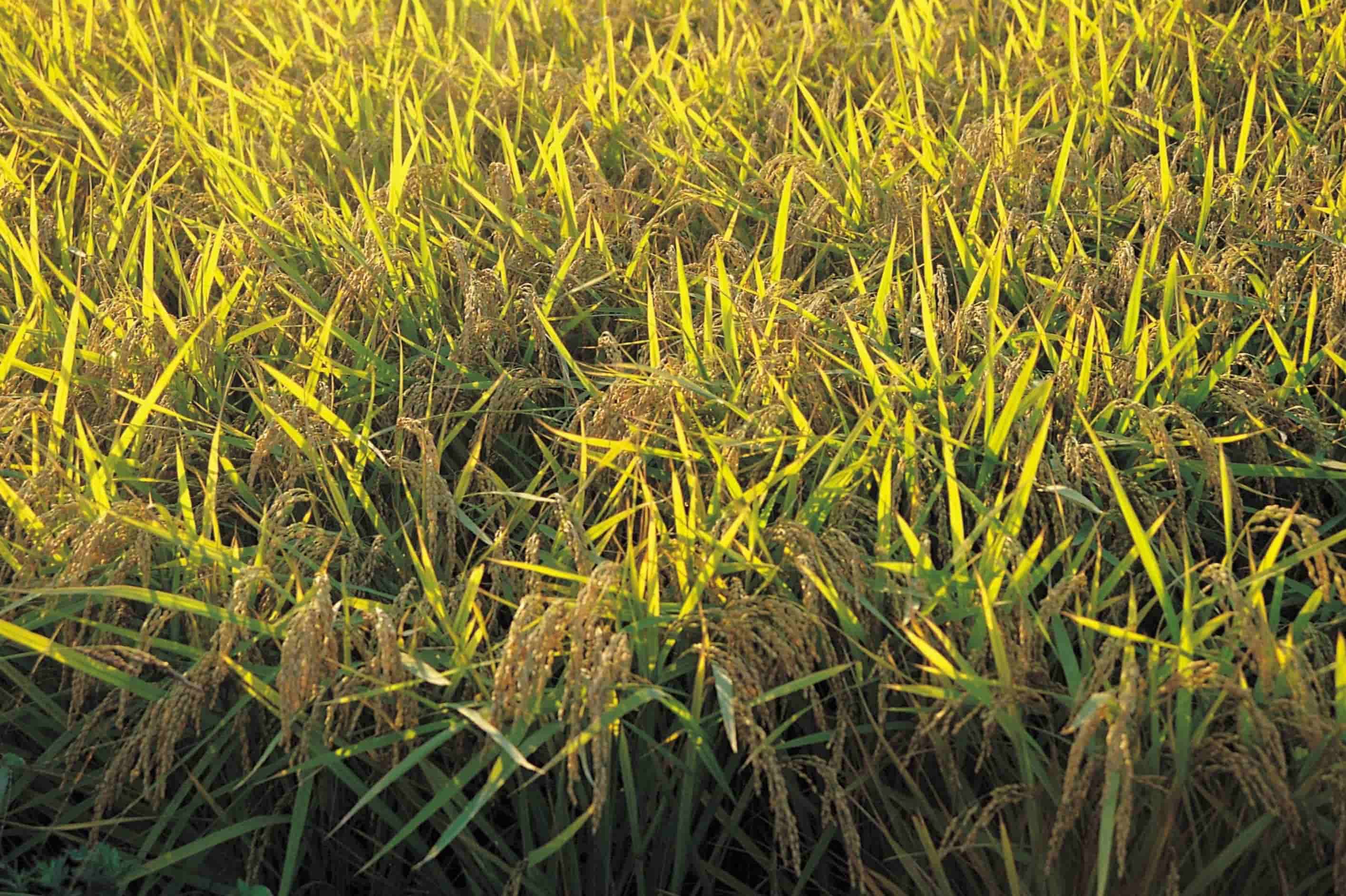
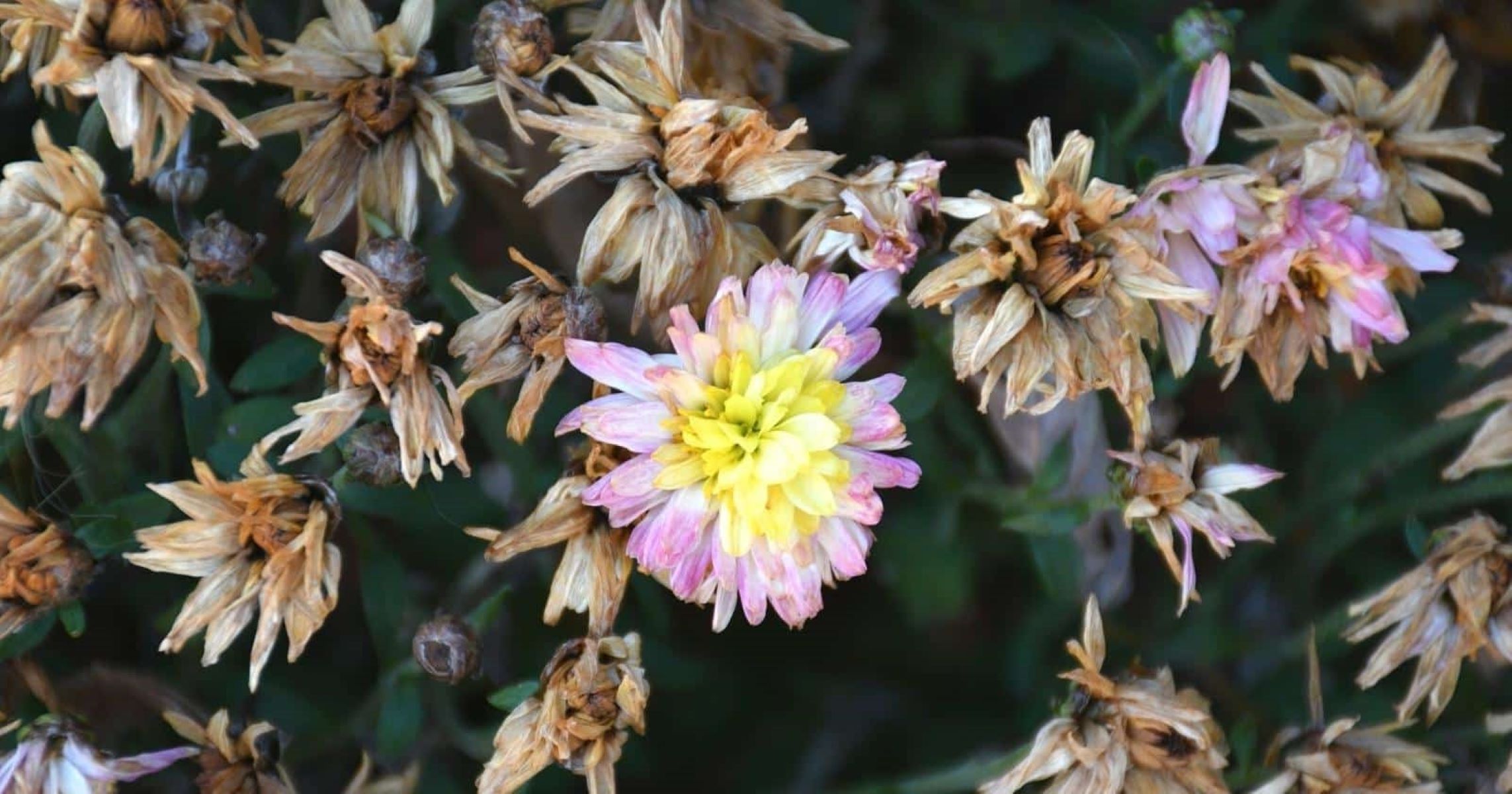
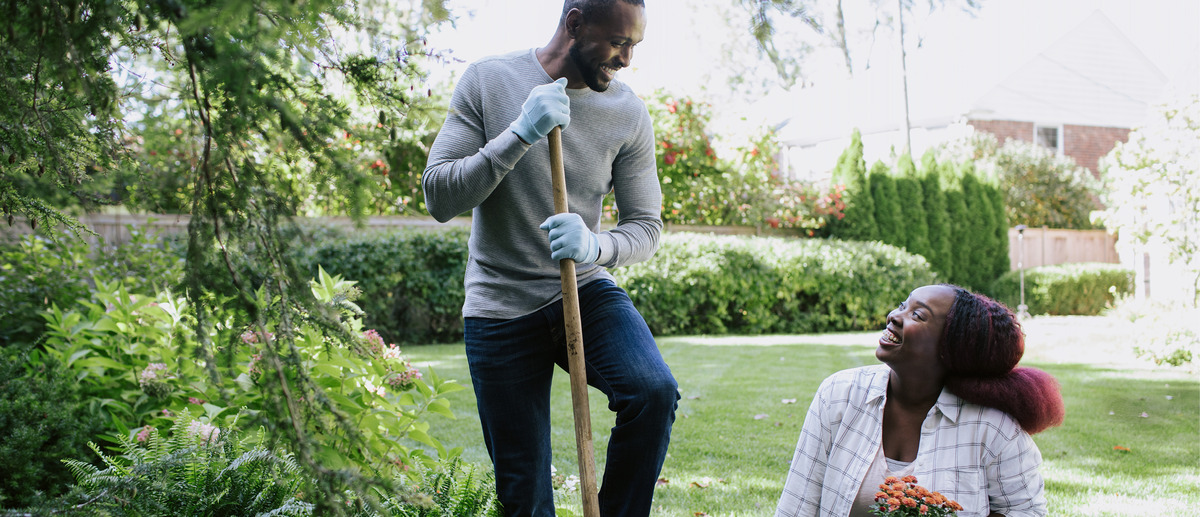
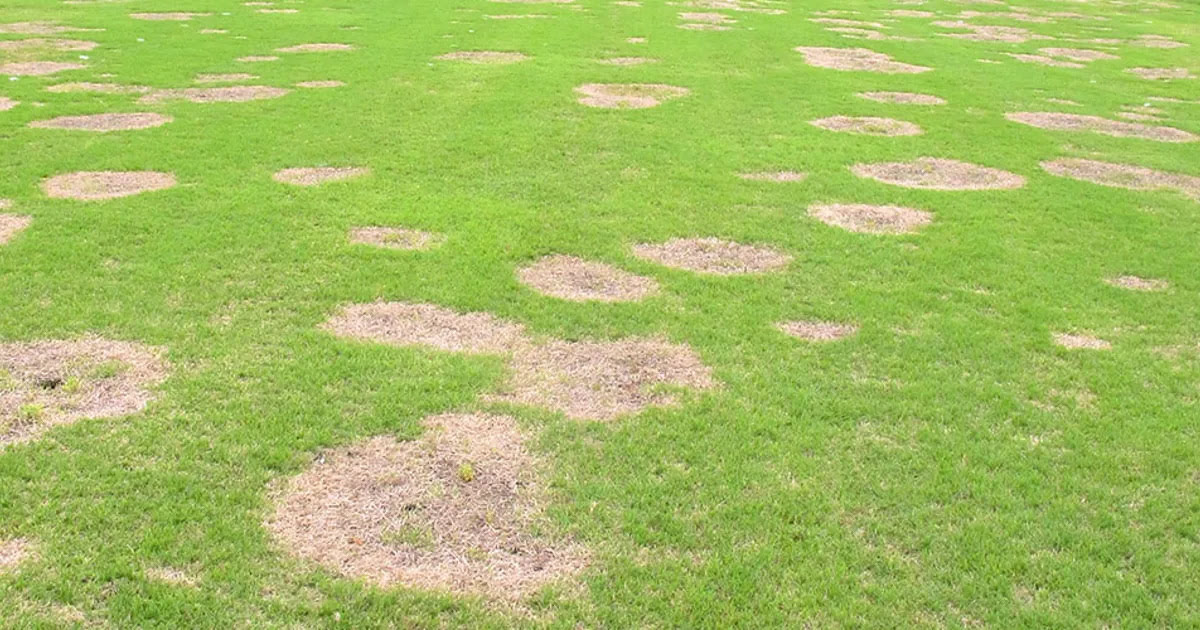
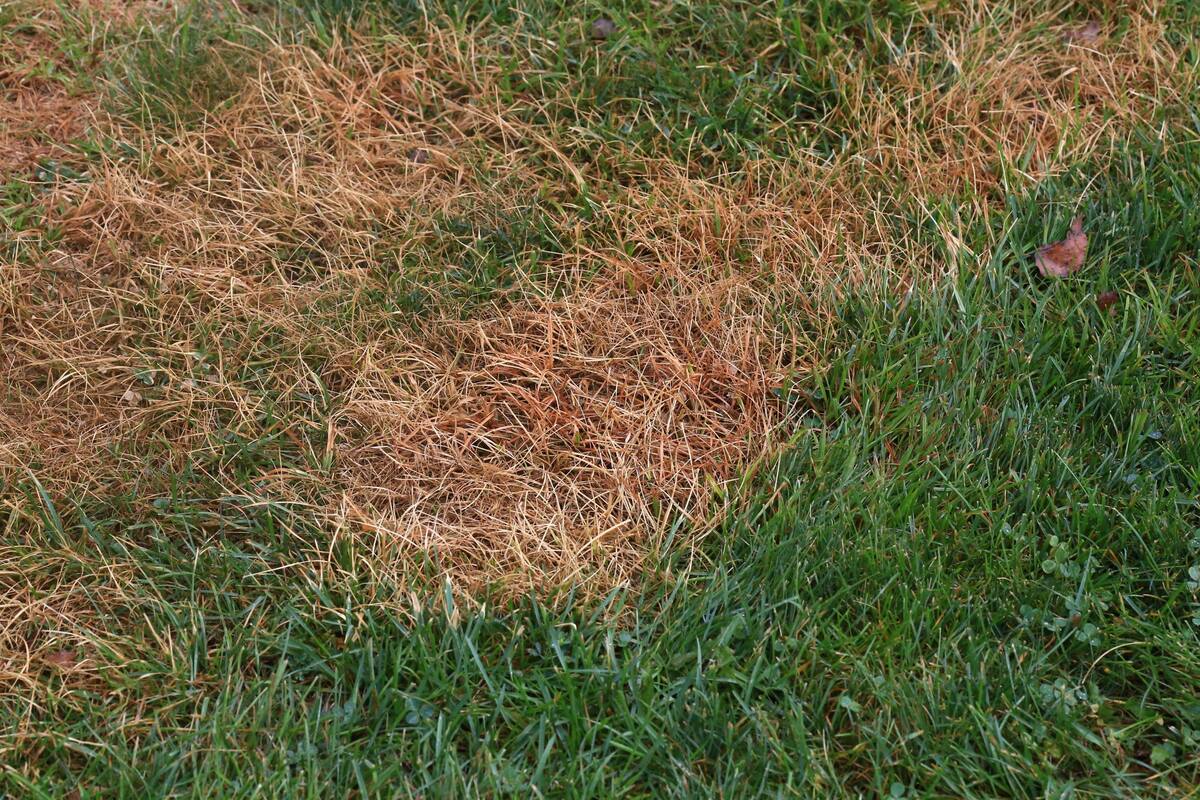
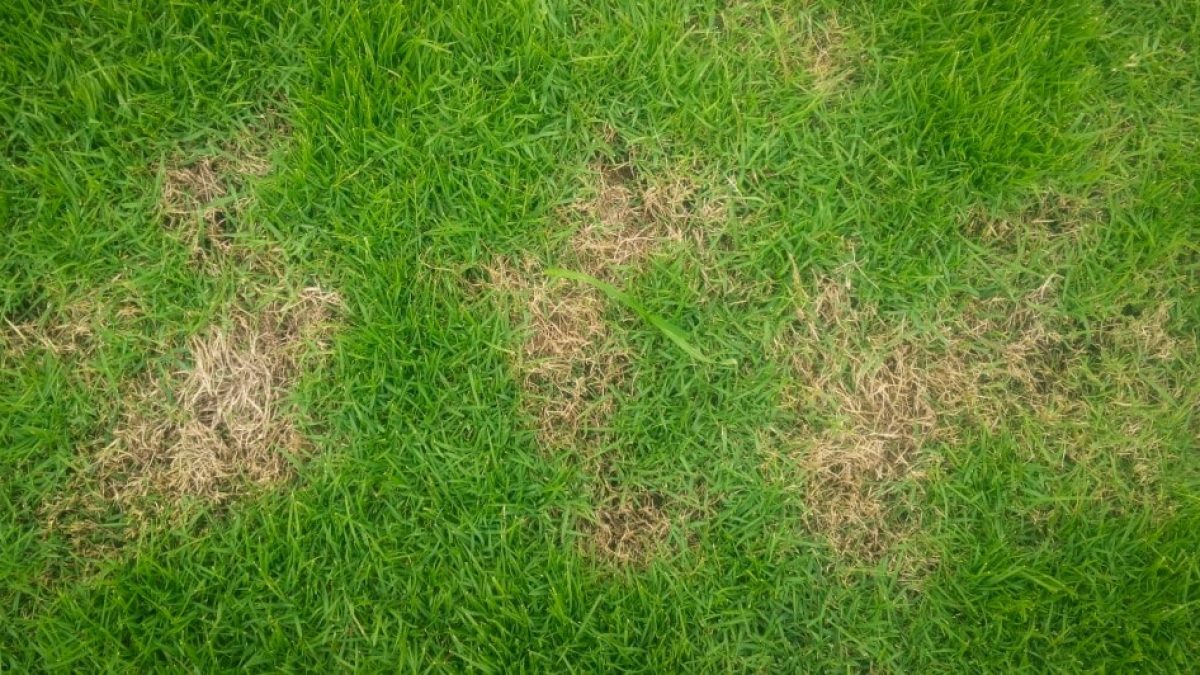
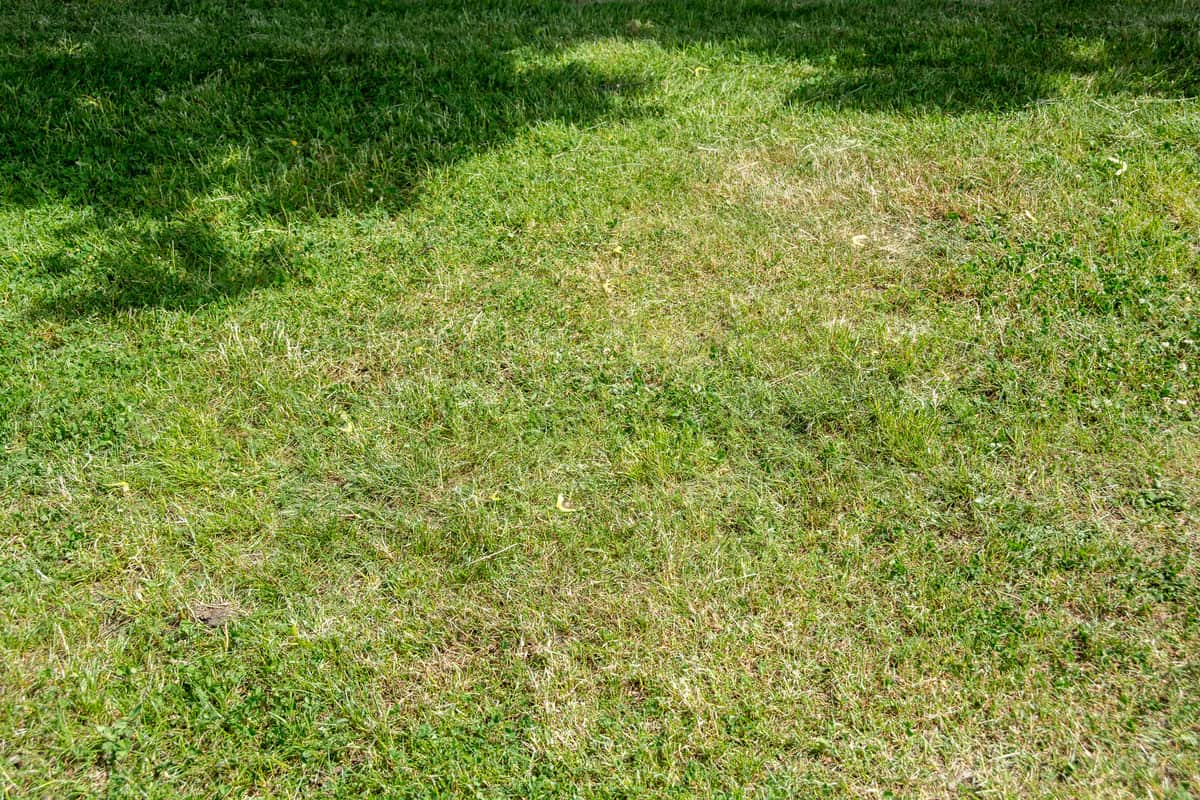
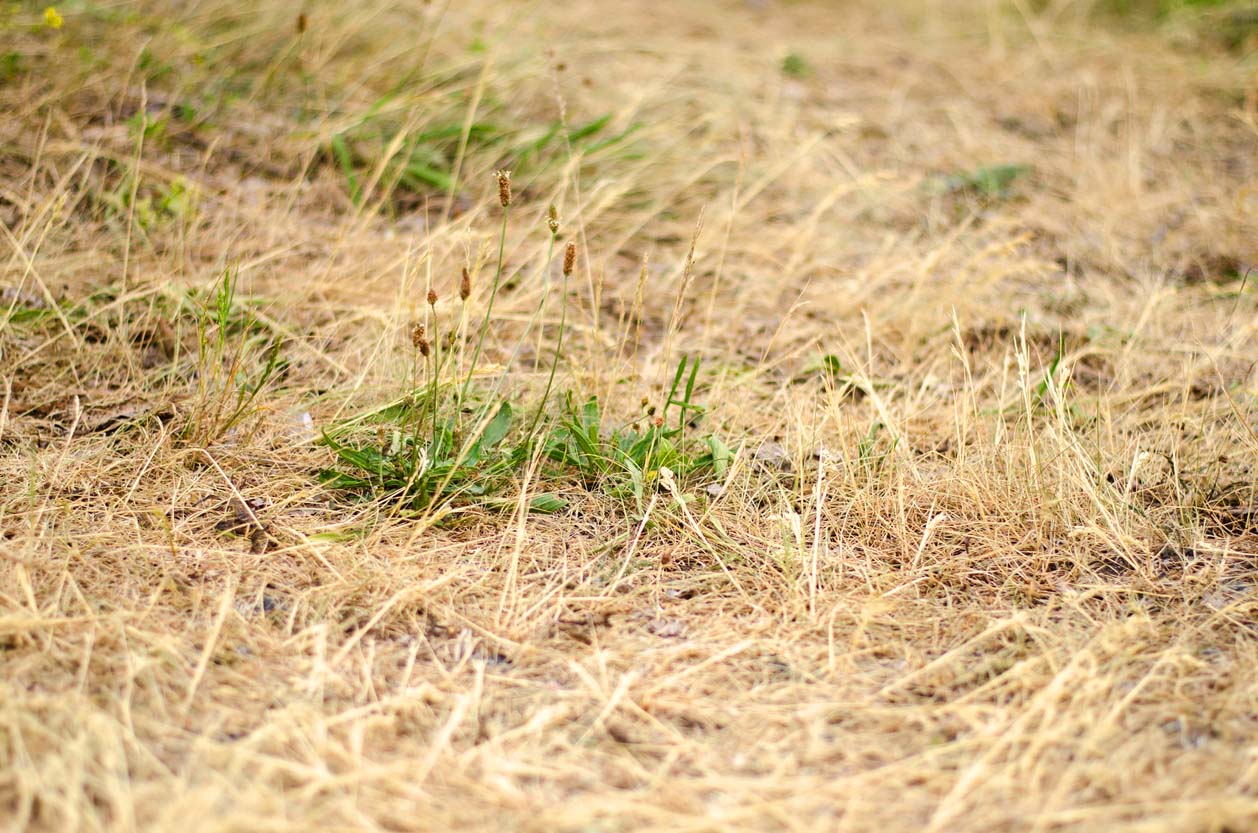
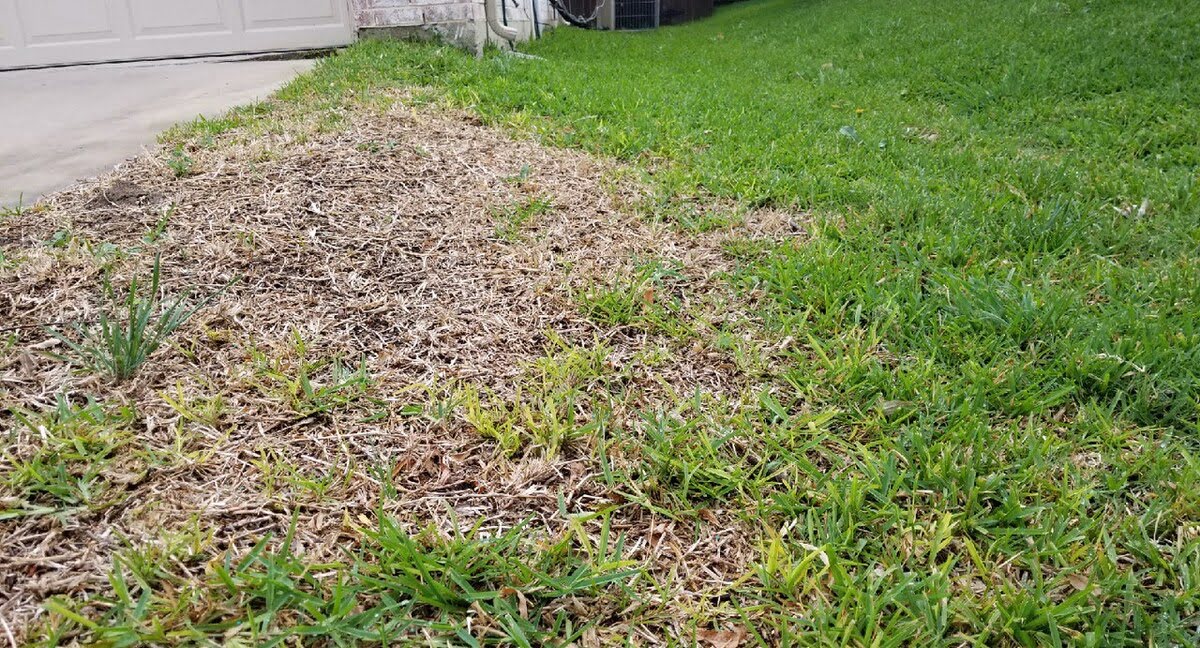
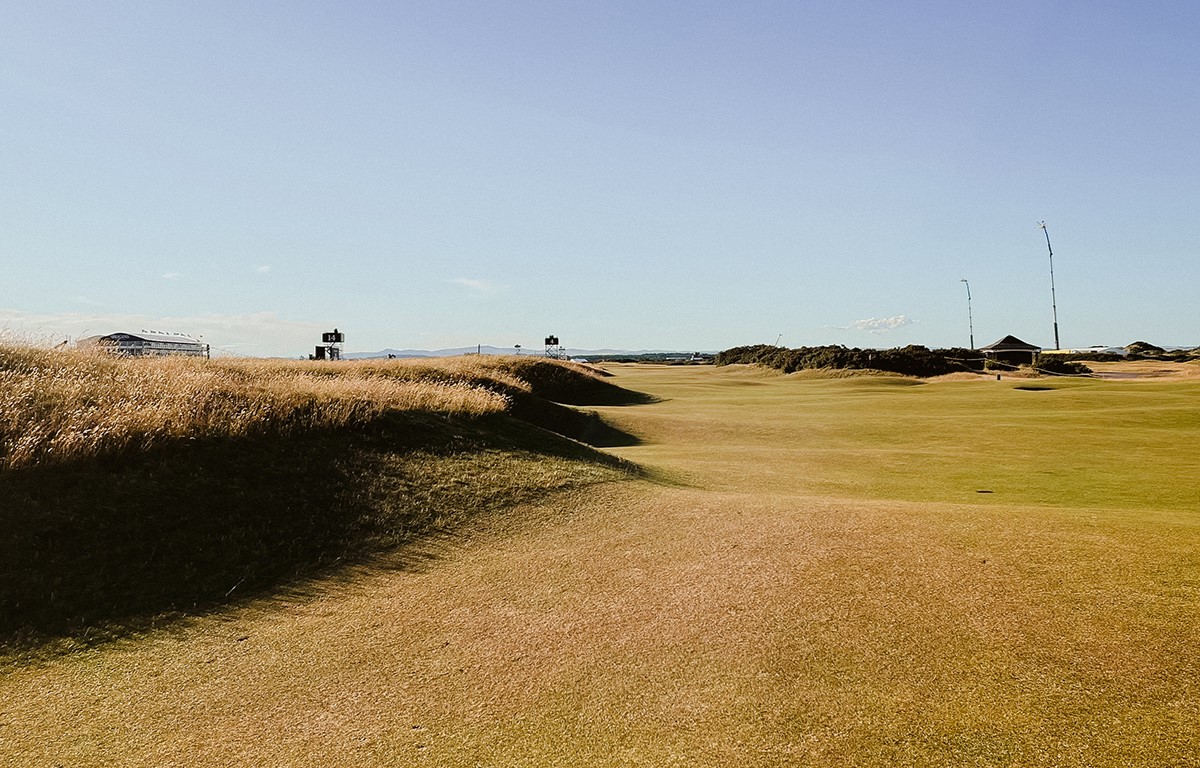
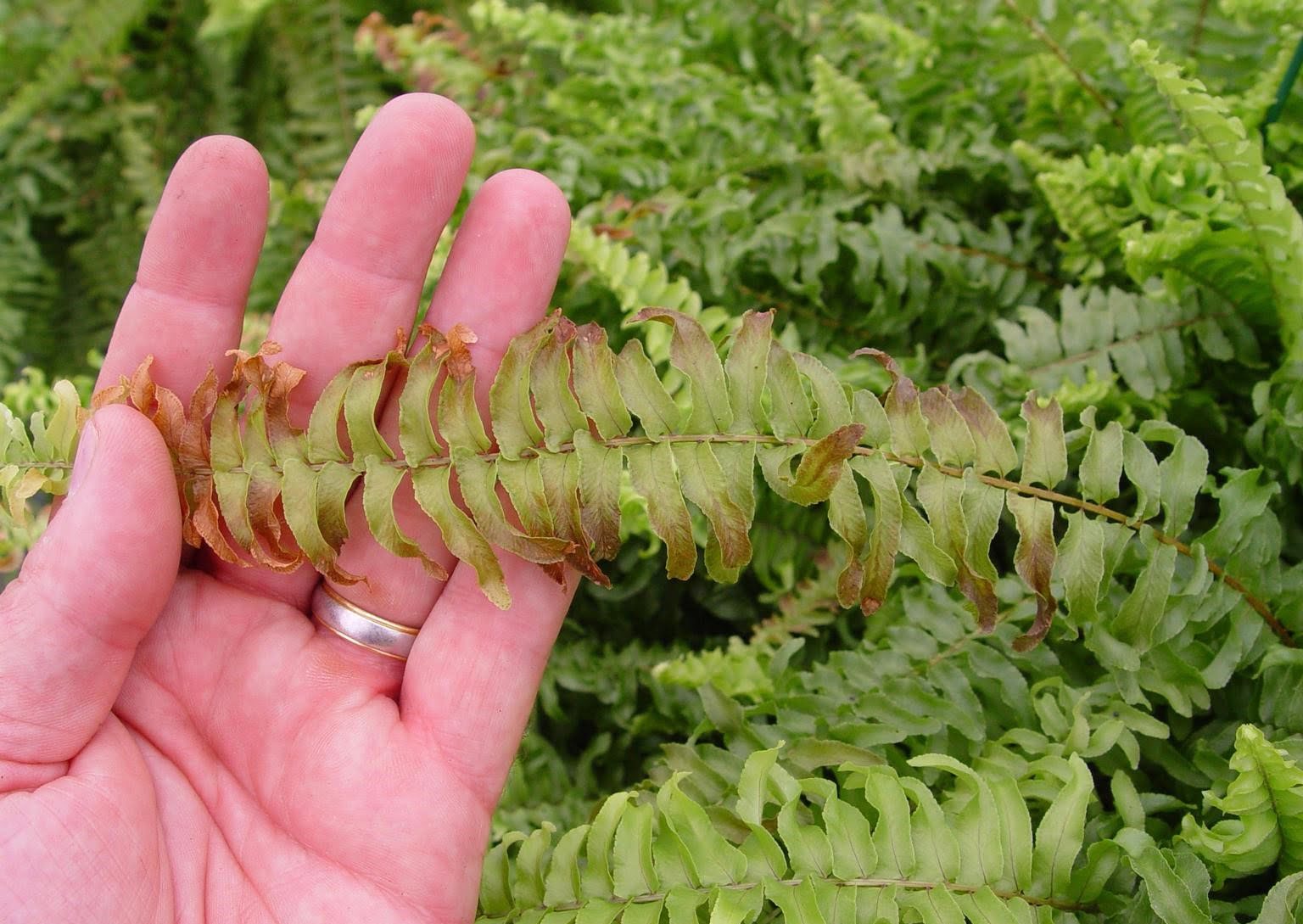

0 thoughts on “What Makes Grass Turn Brown”